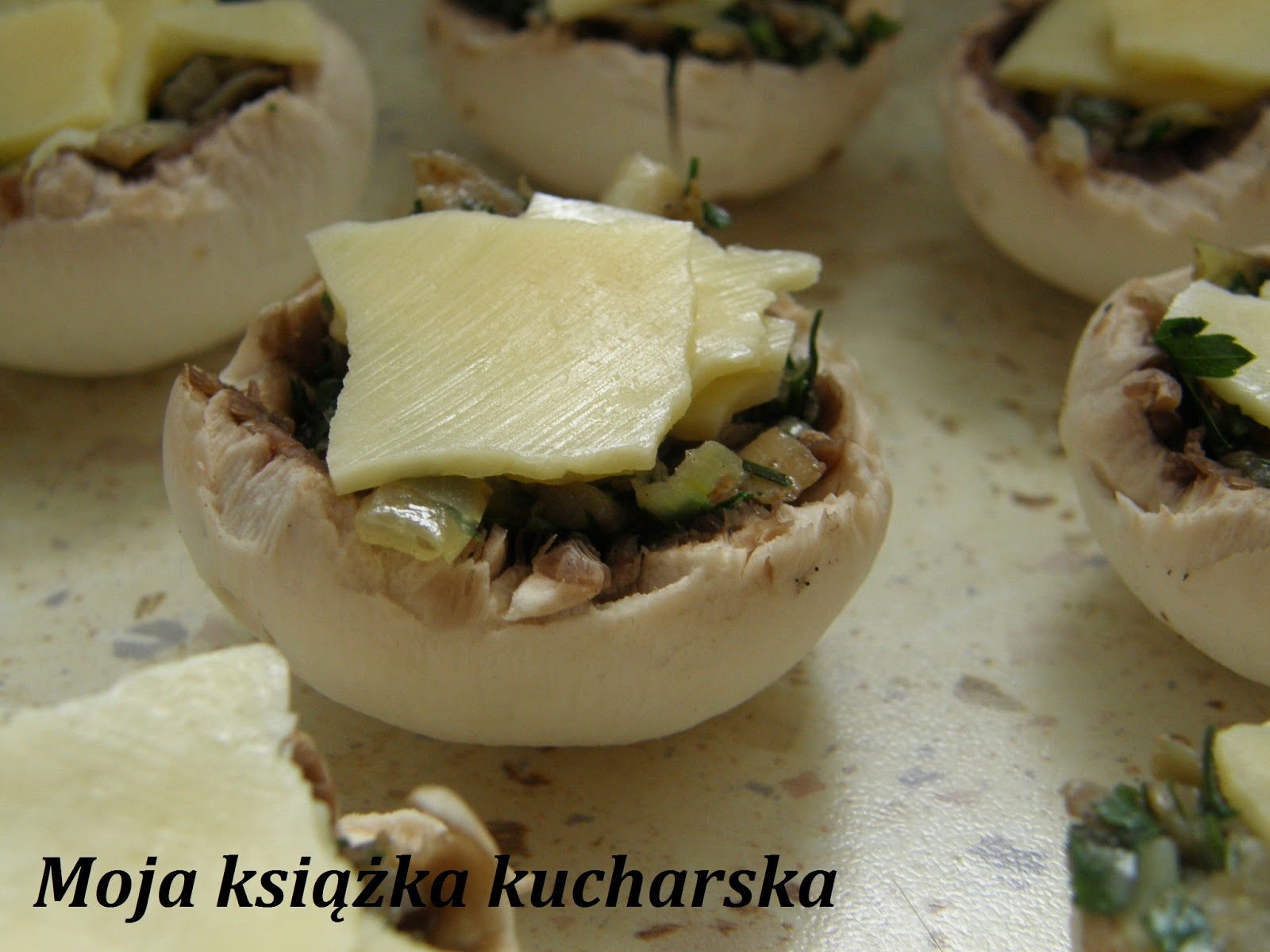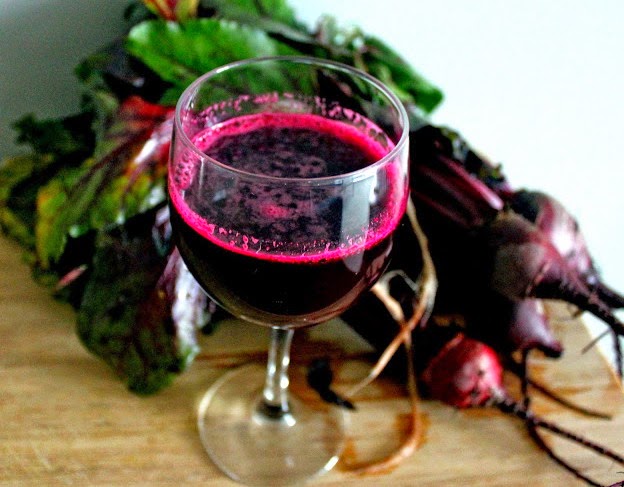W lipcu ubiegłego roku, szykując się do pełnego Ironmana, ekspresowo musiałem zbijać wagę i udało się – w 10 tygodni zjechałem z 96 na 82 kg. http://zakonmaltanski.pl/ironman/2014/07/21/
Okres zimowy jest trochę inny, więc chciałbym skupić się na dwóch pomysłach dietetycznych podczas okresu ciężkiego treningu.
Pieczarka – hodowana już od XVI w., traktowana była we Francji jako rarytas i czasami porównywana z truflą, również drogo kosztowała. Dzisiaj okazuje się, że Polska jest jednym z największych producentów tego grzyba w Europie i pokrywa 25% zapotrzebowania starego kontynentu. Wbrew powszechnemu mniemaniu, nie jest to jedynie smakowy dodatek do pizzy. To niskokaloryczne białko, bez tłuszczów i cholesterolu! Łatwo przyswajalne białko oraz błonnik pokarmowy, witamin z grupy B – pozytywnie wpływających na metabolizm, a prowitaminy D są przydatne w okresie kiedy mamy mało słońca. Pieczarki zawierają dużo mikroelementów: fosforu, potasu, żelaza, miedzi i selenu. Ich regularne spożywanie działa stymulująco na układ immunologiczny i wzmacnia odporność, bywa także zalecane w profilaktyce raka, m.in. piersi i prostaty.
Amerykańscy naukowcy z Baltimore (USA) przeprowadzili badania polegające na zastąpieniu pieczarką diety z czerwonego mięsa. Grupa badana jadła jedną filiżankę grzybów dziennie, zamiast takiej samej ilości czerwonego mięsa, które jadła grupa druga. Po roku odkryto, że osoby jedzące grzyby schudły bardziej, miały lepsze parametry dotyczące składu ciała, w zakresie zawartości w organizmie tłuszczu, mięśni, kości i wody. Nie występował też u nich tzw. efekt jo-jo.
No i teraz selen, występujący w optymalnym stężeniu w pieczarkach. Selen podobnie jak i inne pierwiastki jest niezbędny do życia, ale … niższa koncentracja selenu we krwi ludności na określonych terenach uważana jest za przyczynę chorób nowotworowych (rak piersi, prostaty), ponieważ selen m.in. pełni funkcję przeciwutleniacza.
Selen jest składnikiem skorupy ziemskiej, a do gleby, na powierzchnię, dostarczały go pyły wulkaniczne. W Polsce te wulkany dymiły 20-30 mln lat temu, gdy formowały się Sudety i część Karpat, a zgasły parę milionów lat temu, a jak pamiętamy okres ostatnich wielkich zlodowaceń zaczął się po zamknięciu Przesmyku Panamskiego i powstaniu Golfsztormu – czyli 3 mln lat temu. Lód, grubości od 500 do 2000m, wchodził na naszą ziemię i potem topił się parokrotnie a masy słodkiej wody brutalnie wypłukiwały cenny przeciwutleniacz. Niektórzy wiążą fakt zachorowalności na raka w regionie Polski Północnej z tym, że lodowce były tu obecne najdłużej. Nasz organizm lepiej przyswaja selen z produktów naturalnych i chyba najchętniej z ostryg i małż, tuńczyków, mniej ochoczo zareagujecie na informację o otrębach, czy kapuście … ale pieczarka ? – prawie jak trufla! Może być – pamiętaj to czyste, dietetyczne białko.


Co z czerwonym burakiem? Same dobre wiadomości i to na czas karnawału. Najlepszy to ten o średnicy do 10cm Burak Opolski, lub gatunek … Czerwona Kula. Nasze warzywo nr2 naszpikowane jest solami mineralnymi i kwasem foliowym, a barwniki mają silne właściwości przeciwutleniające, co medycyna naturalna wykorzystuje w diecie przeciwnowotworowej. Najlepiej pić sok, albo jeść dania z możliwie mało przetworzonego buraka, chyba, że w zupie. A dla nas biegaczy – bardzo ważna informacja – barwnik buraków czterokrotnie zwiększa przyswajanie tlenu przez komórki ciała. Buraki są niskokaloryczne, działają zasadotwórczo (pieczarka też) niwelując zakwaszenie będące skutkiem spożycia mięsa czy słodyczy. Z tym zakwaszeniem organizmu w ogóle to nie jest fajnie. Nadmierne zakwaszenie prowadzić może do nadciśnienia, pogarszania wzroku, kamieni nerkowych, może powodować bóle stawów, w kwaśnym środowisku lepiej rozwijają się grzyby i wirusy, które osłabiają organizm, w końcu też kwas przyspiesza starzenie skóry i … cellulit – słabo nieprawdaż? Do walki z zakwaszeniem nasz organizm deleguje najcenniejsze minerały wapń, potas i magnez – dla nas biegaczy, bezcenne. Warto pomyśleć o wsparciu burakiem.
Teraz ważna sprawa związana z karnawałem, otóż podsumowując buraka z nieco innej strony – posiada te same dobroczynne barwniki, które są bardzo cenione i występują w czerwonym winie, a które zwiększają odporność, spowalniają starzenie i walczą z powstawaniem nowotworów. Andrzej – w karnawale może zamiast wina, szklanka soku z buraków Czerwona Kula premier cru 2014 rocznik …
Tomek

http://www.blog.klubrownowagi.pl
ENG: translation Anna Meysztowicz
In July of last year, preparing to participate in the full Ironman, I needed to quickly lose weight and I managed to do it – in 10 weeks I dropped from 96 to 82 kg: http://zakonmaltanski.pl/ironman/2014/07/21/
Winter time is slightly different, so I would like to concentrate on two dietary ideas during this period of intense training.
The cultivated mushroom – cultivated already from the 16th c., it was treated in France as a rarity and at times even comparted to the truffle. It was also expensive. Today it turns out that Poland is one of the largest producers of this mushroom in Europe and it covers 25% of the demand on the old continent. Despite common opinion, this is not just a tasty addition to pizza. It is a low calorie protein, which does not contain any fat or cholesterol! The easily digested protein and fibre, B group vitamins – which positively influence the metabolism, and D pro-vitamins are useful during the period when we don’t get much sunlight. Cultivated mushrooms contain a wealth of microelements: phosphor, potassium, iron, copper and selenium. Their regular consumption stimulates the immunological system and strengthens our immunity, it is also recommended as a prophylactic for cancer, including breast and prostate cancer.
American scientists from Baltimore (USA) conducted studies based on replacing red meat in the diet with cultivated mushrooms. The study group ate one teacup of mushrooms per day instead of the same quantity of red meat, which the other group ate. After a year it was discovered that the people eating the mushrooms lost more weight, had better body composition parameters within the scope of fat, muscle, bone and water content. They also did not exhibit any symptoms of the yoyo effect.
And now for the selenium appearing optimally in cultivated mushrooms. Selenium, similarly as other elements, is necessary to live but … a lower concentration of it in the blood of certain peoples in different areas is considered to be a cause of different cancers (e.g. breast and prostate cancer), as selenium, among other functions, is an antioxidant.
Selenium is an ingredient of the earth’s crust, and it was expelled from the depths to the earth’s surface via volcanic dust. In Poland these volcanoes billowed smoke 20-30 million years ago when the Sudetes and part of the Carpathian mountain chains formed, and they became inactive a few million years ago and, as we remember the period of the most recent great ice ages, it began after the closure of the Panama Canal and the appearance of the Gulf Stream, i.e. 3 million years ago. Ice between 500 and 2,000 m in thickness invaded our land and then melted several times and masses of sweet water brutally rinsed out the precious antioxidant. Some associate the fact of the appearance of so many cancers in Northern Poland with the glaciers having been here the longest. Our organism is better able to assimilate selenium from natural products and probably most keenly from oysters, mussels and tuna fish. You will react less enthusiastically to the idea of bran and cabbage, but the cultivated mushroom? It’s nearly like a truffle! It will do – remember, this is clean, dietary protein.
What about the red beet? It’s all good news and just in time for the carnival period. The best is the 10 cm Opolski Beet, or the species known as the “Red Ball”. Our no. 2 vegetable is full of mineral salts and folic acid, and its dye has strong antioxidant properties, which natural medicine uses in anti-cancer diets. It’s best to drink juice or eat meals with the least processed beets possible, unless they are in the form of beet soup. And for us runners – some very important information – the colouring of the beet increases the assimilation of oxygen by our body’s cells fourfold. Beets are low calorie, they are base-forming (as is the cultivated mushroom), levelling the acidity that results from eating meat or sweets. This acidification of the organism is not a good thing at all. An excessive level of acidity can lead to hypertension, worsening vision, kidney stones, joint pain, also viruses and fungus infections develop better in an acidic environment, and they weaken the organism. Acid also speeds up skin ageing and cellulite. That’s pretty lame, right? To fight acidity our organism delegates the most valuable minerals – calcium, potassium and magnesium. These are invaluable to us runners. It is worth thinking about supporting your organism with beets.
Now an important issue associated with the carnival period, thus recapping on the beet from a slightly different perspective – it contains only beneficial dyes, which are highly valued and also appear in red wine, and which increase our immunity, slow the ageing process and fight against the formation of cancers. Andrzej – during carnival perhaps, instead of wine, a glass of Red Ball beet juice, premier cru 2014…
Tomek

Red beets have always been an important part of my diet. I’ve never read so many good things about it. Thanks for sharing. I join in for Red Ball premier cru 2014! And definetly adding mushrums to the daily menu. Clean dietary protein sound convincing.
Londoner thank you. Promote our action in London – thanks to Ania Meysztowicz we have excellent English translations – Tomek